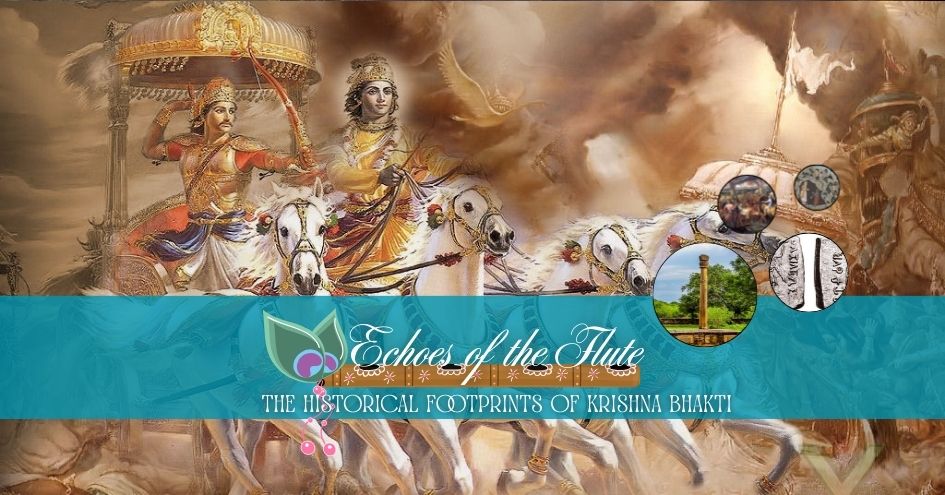
Firstly, A HAPPY JANMASHTAMI TO EVERYONE!
On this auspicious day of Janmashtami, as we celebrate the birth of Sri Krishna, I have sought to reflect on the deep historical roots and cross-cultural reverence that surround the practice of the Almighty. Therefore, I shall cover what in my humble opinion are some of the noteworthy facts of Krishna worship in a 5-part series of which this is Part 1.
While we can fill pages and pages when it comes to explaining the value of the Bhagavad Gita given to us by Sri Krishna himself, some exploration into the tip of the culture of worship of Sri Krishna goes on to show how deep the traditions revolving around these practices are.
So, let us travel to 326 B.C.E. Thousands of soldiers cross the swollen Jhelum river under the Macedonian, Persian and Egyptian banners of Emperor Alexander. Their march is masked by crackling thunder. Monsoon rains descend heavily, soaking the earth beneath their feet. Lightning cracks in the sky and the horses impatiently shriek as their riders rein them in. Alexander’s forces have finally crossed into territory of Paurav Rashtra, but their arrival is awaited. Alexander witnesses the silhouettes of several thousands of men awaiting with their weapons drawn as their king, Puru sits proudly on his gargantuan war elephant, spear ready to impale his enemies. And Alexander’s eyes falls upon the great banners carried by King Puru’s soldiers.
The banners depict what Alexander thought to be the mighty Herakles, fabled demigod hero of Greek myths. But the image upon the banner was Lord Vasudev Krishna!
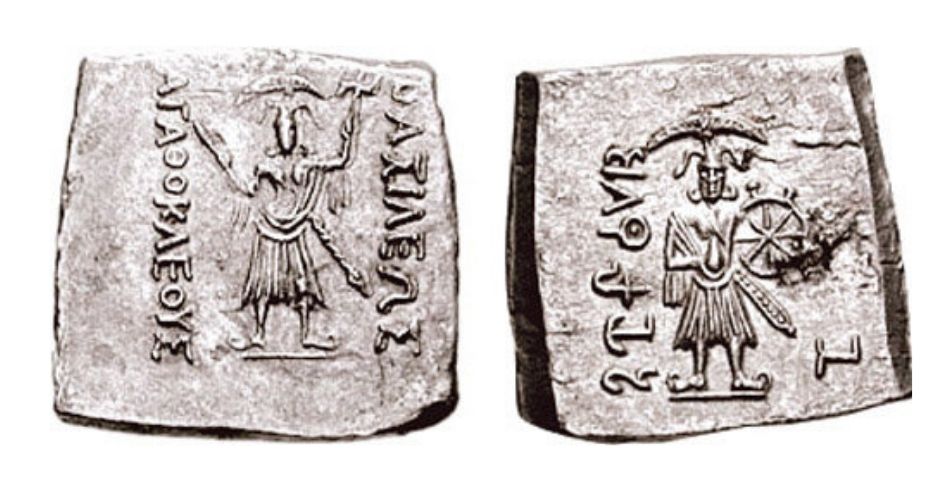
This is one of the earliest known instances of an established tradition of the worship of Sri Krishna in the Indian subcontinent. But, as the Greeks settled in Bharata, spreading from the north-west to eventually, Ayodhya itself, several of their monarchs became ardent Sri Krishna bhaktas. The bronze coins of Greco-Bactrian kings like Agathocles show Sri Vasudeva with a conch and a chakra on one side, while depicting Lord Balarama holding a plough and gada on the other face. This king ruled from Bactria over a large portion of Indian territory between 190 B.C.E. and 180 B.C.E.
The Puranas like the Matsya Purana, Vayu Purana, Vishnu Purana and Bhagavata Purana mention the rule of eight Yavana kings in Bharata. The Greeks were called Yavanas because of their foreign origin from Ionia and the names of these Yavanarajas were Demetrius, Eucradites, Apollodotus, Strato I, Strato II, Zoilus, Menander, and Dionysius. In fact, in an interesting article by Mr Arunansh B. Goswami in the Greek City Times titled: Krishna and the Ancient Greeks: An Indo-Greek love-hate relationship, there is a Yavanaraja named Kalayavana mentioned in the Vishnu Purana and Harivamsa who attacks Mathura, Sri Krishna’s city along with Emperor Jarasandha and King Shalva.
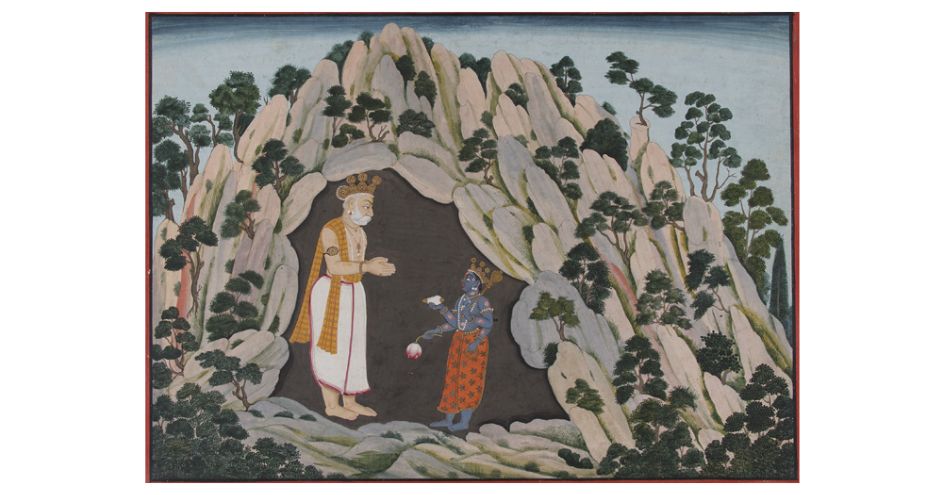
Sri Krishna strategically withdrew to a cave where the Yavanaraja followed him. In the cave slept King Muchukunda, one of the kings of the Raghuvamsa and forebearers of Lord Rama. He had received a boon from Lord Indra that he would be able to sleep for thousands of years after assisting the Devas in a lengthy battle against the asuras in the Treta Yuga. If someone were to disturb his slumber, they would be reduced to ashes. In the cave, Kalayavana mistook the sleeping Muchukunda as Krishna and kicked him. He was instantly reduced to ash by the angry king and Sri Krishna beat an enemy without even lifting a finger!
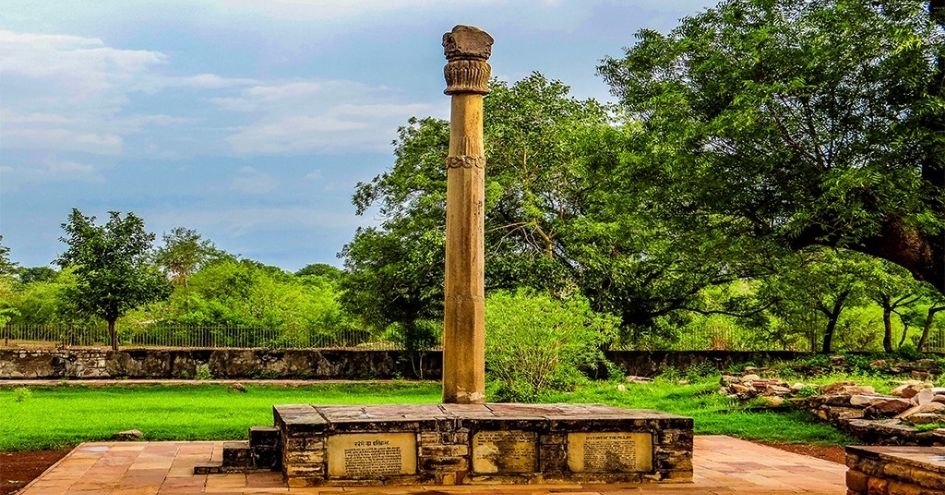
Another Yavanaraja or Indo-Greek king, Antialcidas was one whose ambassador, Heliodorus erected the Heliodorus Pillar in 113 B.C.E. It is a stone column with the Garuda standard venerating Sri Vasudeva-Krishna as the Deva di deva or Supreme Deity. The pillar is a stambha which represents the merging of earth, heaven and the surrounding space and symbolizes the cosmic totality of the Deity. Heliodorus also called himself a Bhagavata or a devotee of Lord Vishnu or Krishna. This pillar or stambha was discovered by Alexander Cunningham in 1877. At least this Mr Alexander got the name of the deity right as opposed to his namesake two thousand three hundred years ago!
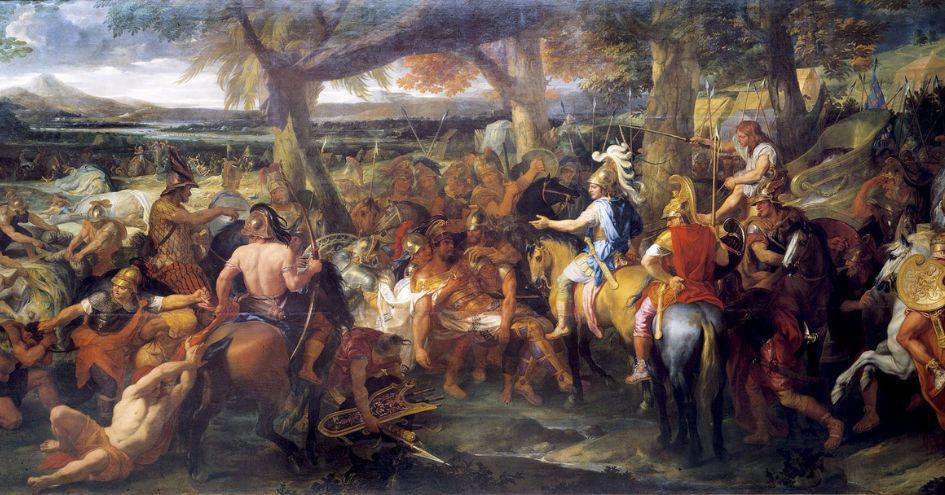
Two major archaeological excavations in the 20th Century C.E. led to the stambha being a part of a larger temple dedicated to Sri Vasudeva. It has been revealed through dating that the temple was destroyed in the 3rd century B.C.E. which shows evidence that there were definitely temples that existed before the Gupta period.
We cannot mention Sri Krishna without mentioning the Mahavira Arjuna, one of the Pancha Pandavas from the Sanskrit epic, the Mahabharata. The great Sanskrit epic which is part of our vast Itihasa mentions that Sri Krishna was born and belonged to the clan of Vrishni and is described as Vasudeva.
Mahavira Arjuna is one of the few bhaktas of Sri Krishna who are known to have received the darshan of the Supreme Lord in his Vishwarupa i.e. his true cosmic form encompassing the entirety of the cosmos contained within him.
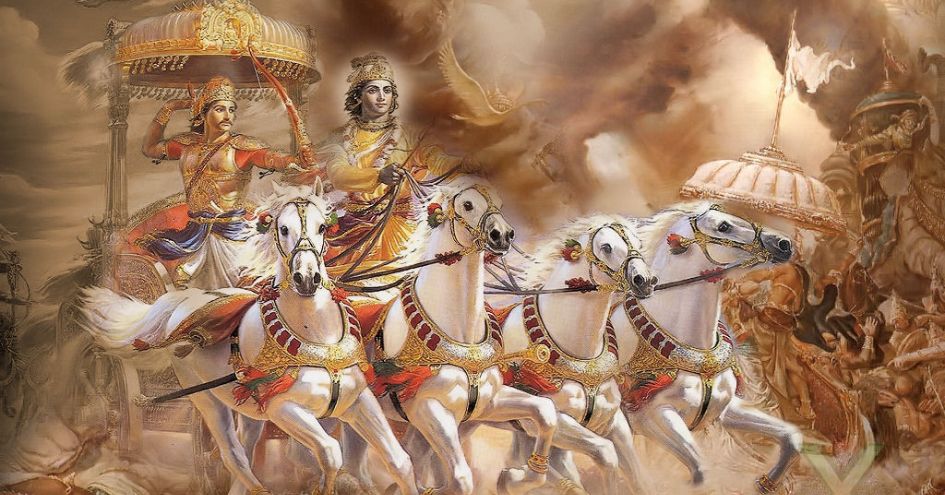
Sri Vasudeva is also one of the five God-Heroes of the Vrishnis mentioned in the Sanskrit treatise titled Aṣṭādhyāyī by Acharya Pāṇini, who lived in Gandhara in 7th or 6th century B.C.E. The Acharya mentions that Sri Vasudeva appears as a deity with Arjuna. He describes Arjuna as Vāsudevaka for being a bhakta of Sri Vasudeva Krishna. Therefore, through this we can definitely conclude that the practices of worshiping Sri Krishna clearly pre-date the 7th Century B.C.E.
What I have mentioned above is merely to give some food for thought about the fascinating aspects of Krishna worship in our great nation of Bharata. This topic is so nuanced that it can only lead us further to delve into the minds of our illustrious ancestors who sought to connect with the Almighty through the name of Bhagwan Sri Krishna.
Similarly, the successive parts shall deal with the following:
Part 2 of the series shall focus loosely on Sri Krishna’s worship in South Indian traditions.
Part 3 shall focus on how we have captured his magnificence in temple architecture.
Part 4 shall focus on how our Bhakti poetry traditions depict the sacred relationship between Sri Krishna and his ardent devotees.
And Part 5 delves into the amazing rediscovery of the Dwaraka’s ruins and its cross-reference in foreign cultures.
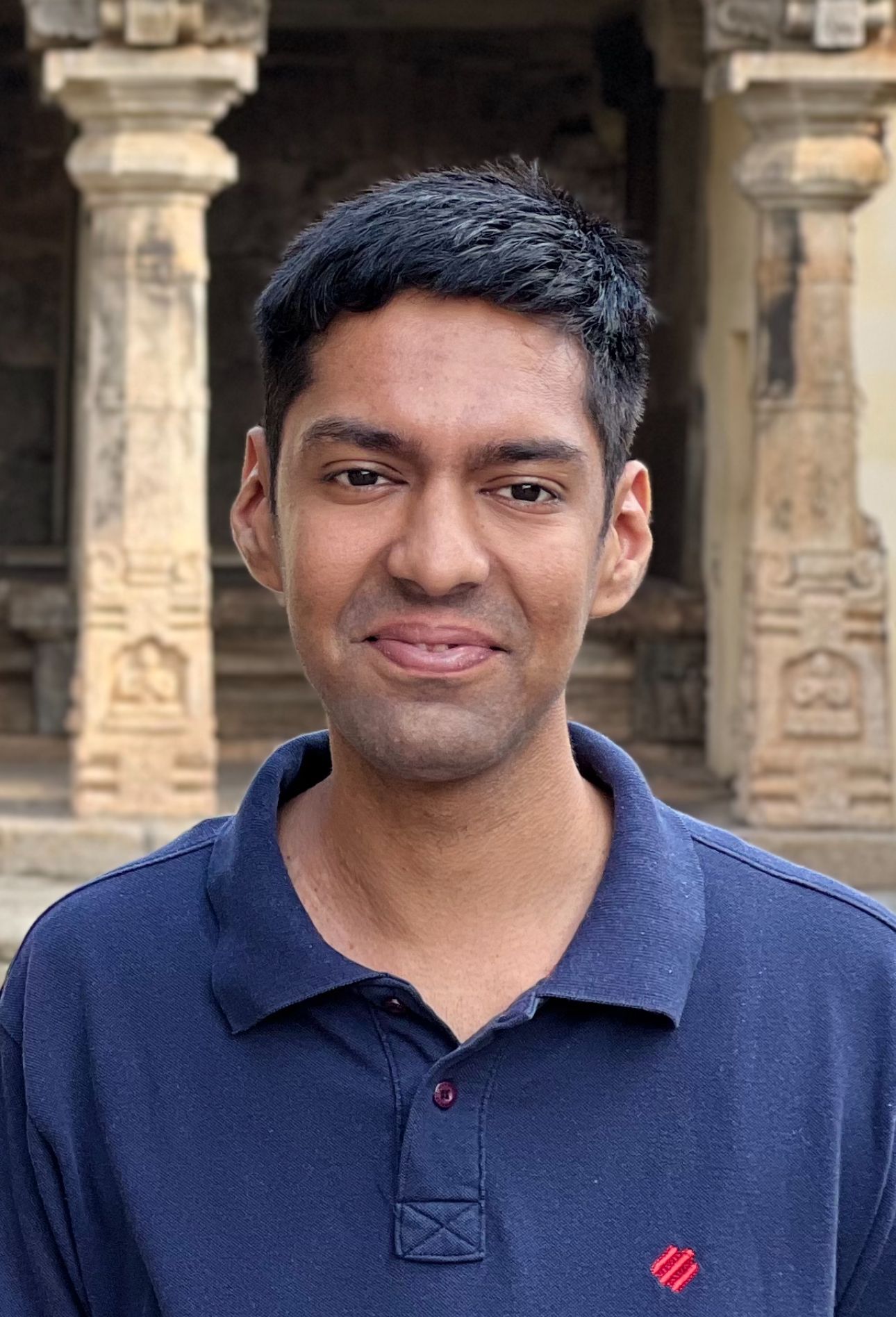 Vignesh Ganesh is a lawyer and writer. He is interested in ancient history and Itihasa and this interest culminated in his first book, "The Pallavas of Kanchipuram: Volume 1", which he co-authored with Mr. K. Ram, a fellow enthusiast of Indian history and culture.
Vignesh Ganesh is a lawyer and writer. He is interested in ancient history and Itihasa and this interest culminated in his first book, "The Pallavas of Kanchipuram: Volume 1", which he co-authored with Mr. K. Ram, a fellow enthusiast of Indian history and culture.
PREVIOUS ARTICLE
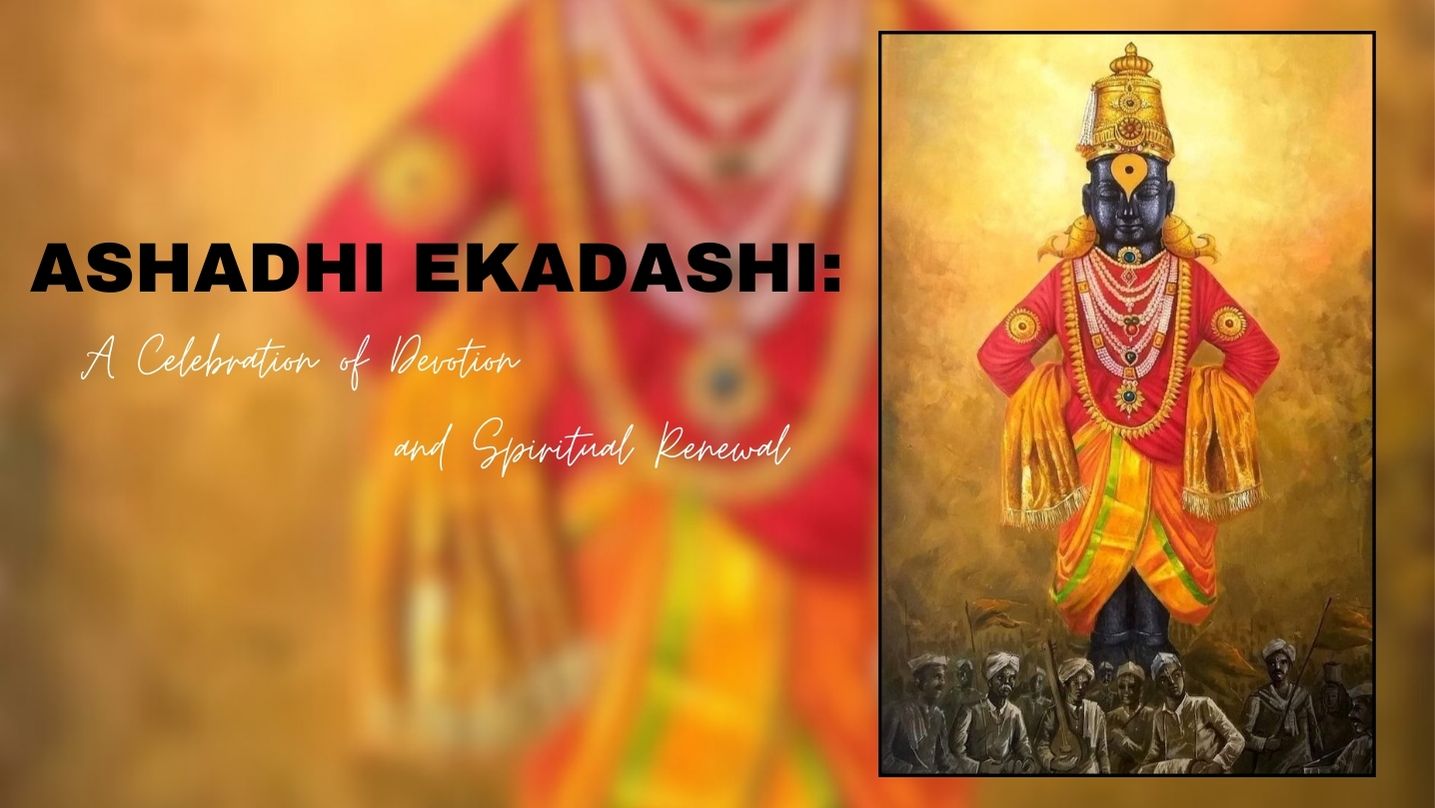
Ashadhi Ekadashi, also known as Shayani Ekadashi, falls on the 11th lunar day (Ekadashi) of the bright fortnight (Shukla Paksha) of the Hindu month of...
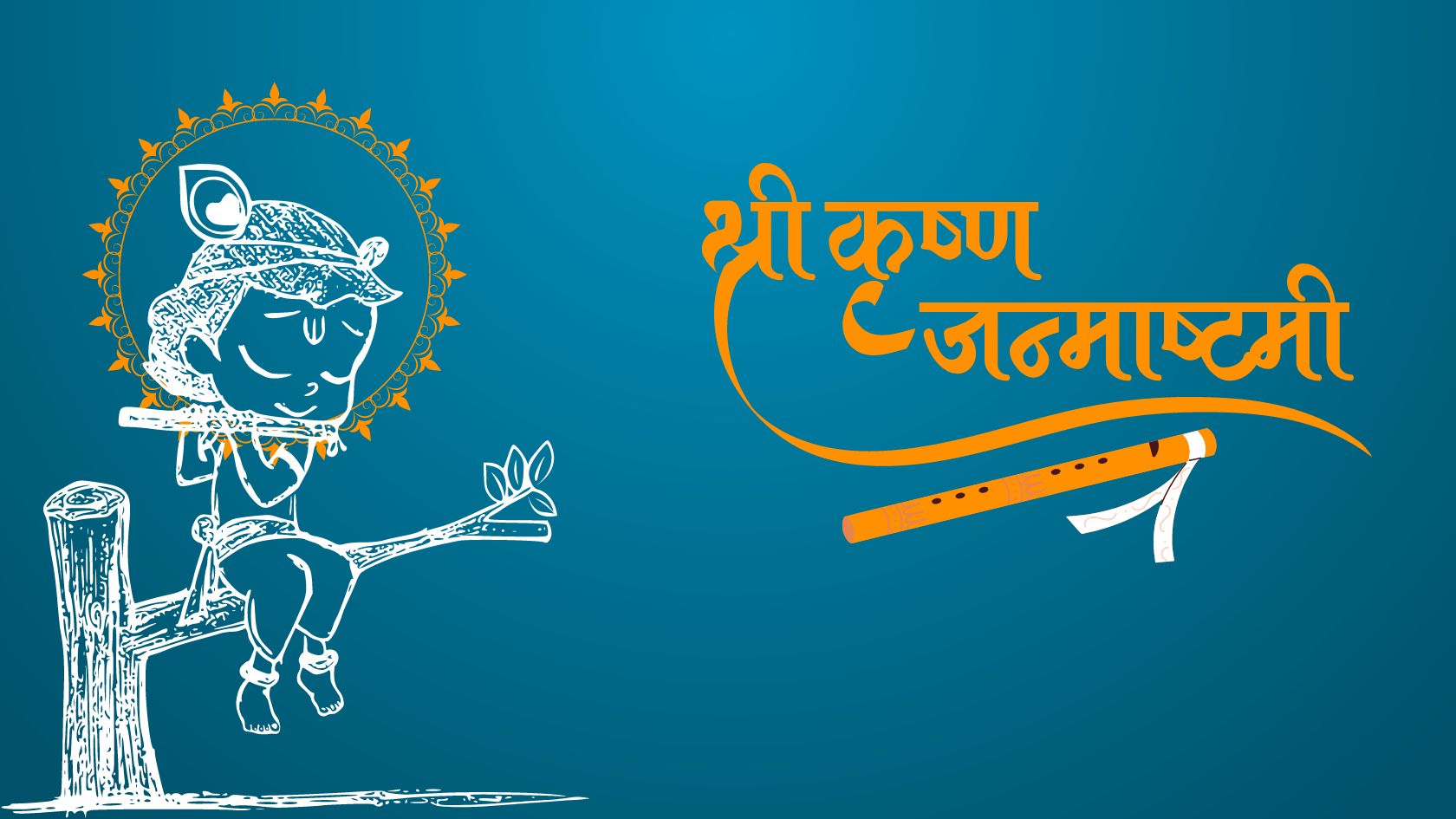
Every year, as the monsoon rains dance on the fields of India, an ancient story unfolds in the hearts of millions. It is the story of Krishna, the bel...
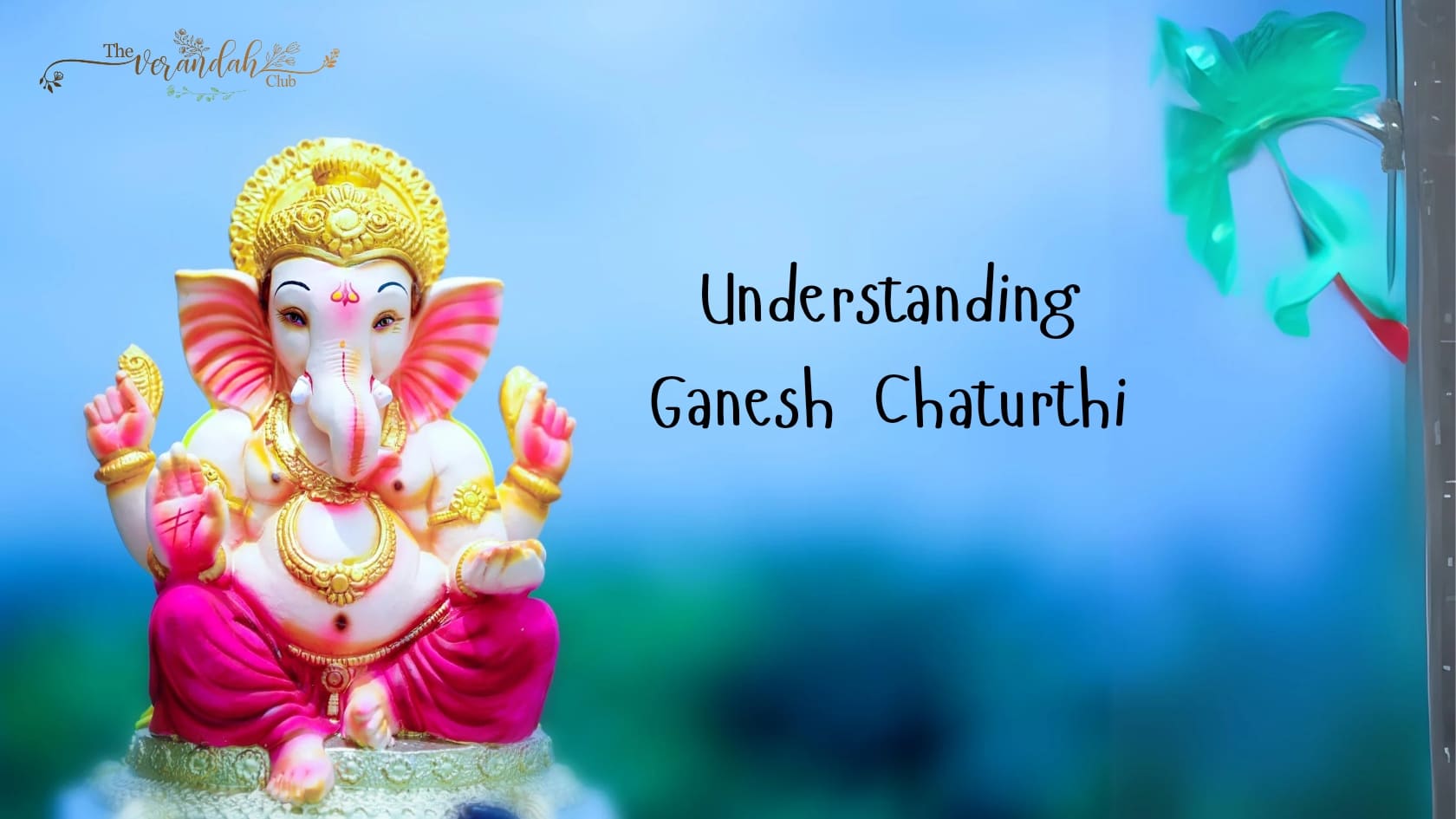
Ganesh Chaturthi, also known as Vinayaka Chaturthi, is a significant Hindu festival that honors Lord Ganesha, the deity revered as the remover of obst...